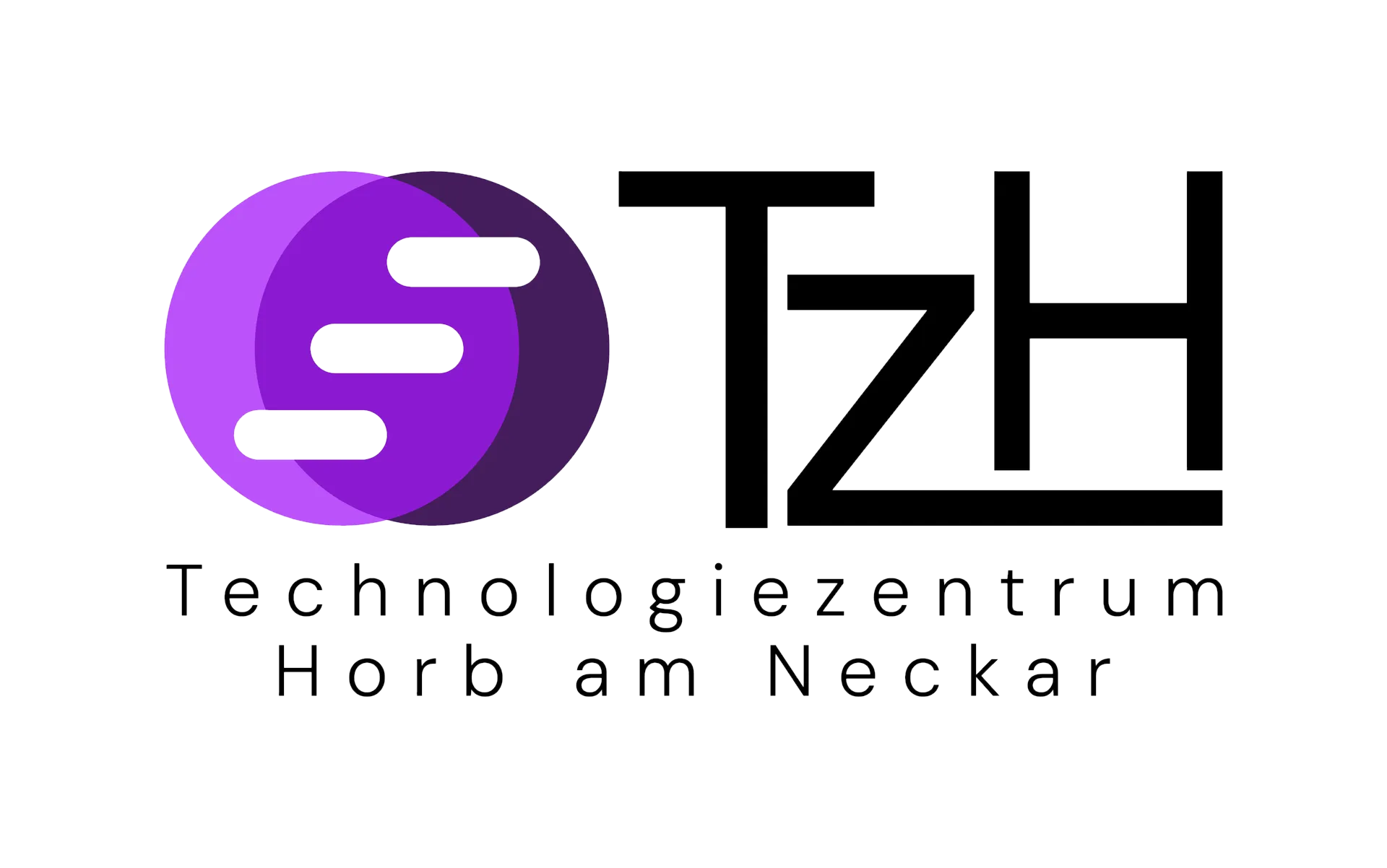
Quick Scan
The QuickScan is a strategic framework that helps to evaluate and evolve business models toward circularity and sustainability.

What Is QuickScan?
The Quickscan Circular Business Model Tool is a strategic framework that helps organizations evaluate and evolve their business models toward circularity and sustainability.
Phase 1: Assessing Your Current Model
Key Actions:
Respond to a structured questionnaire on current sustainability practices (product design, recycling, regulations, etc.)
Receive a score (10–40 points) that places your model in one of three categories:
10–20: Conventional model, low sustainability
21–30: Emerging sustainability efforts
31+: Strong integration of circular practices
Visual Output: Radar chart highlighting strengths and gaps.
Purpose:
To benchmark your organization's circular maturity and identify priority areas for action.
Phase 2: Designing Your Circular Business Model
1. Select a Circular Business Model Type:
Resource models, Design models, Lifetime extension, Sharing platforms, Product-as-a-Service, ..
2. Choose Your R-Strategies:
Refuse
Rethink
Reduce
Reuse
Repair
Refurbish
Remanufacture
Repurpose
Recycle
Recover
...
3. Determine the Right Organizational Form:
Classic linear models ➡️ multi-loop, collaborative ecosystems
4. Define Required Supporting Processes:
Reverse logistics
Digital infrastructure
Technical setup
Quality assurance
5. Align Revenue Models:
Subscriptions
True Pricing
CO2 pricing
Pay-per-use
Freemium
Waste-as-resource
...
6. Evaluate Impact:
Resource security
Risk reduction
CO2 savings
Job creation
Environmental recovery
Implementation Guide: From Insight to Action
1. Conduct the Quickscan Assessment
Use internal cross-functional teams for accurate input
Analyze radar results with leadership
2. Set Priorities & Define Targets
Choose high-impact areas for short- and long-term development
3. Design Your Circular Model
Use the tool to align R-strategies, organizational structure, and revenue logic
4. Establish Enablers
Ensure digital systems, logistics, and workforce competencies are in place
5. Pilot, Measure, Scale
Start with a focused pilot (e.g., single product line or region)
Track KPIs: CO2 reduction, material reuse rate, lifecycle cost savings
6. Communicate & Report
Share results with stakeholders, customers, investors
Use clear impact metrics and storytelling
✨Benefits at a Glance
Structured pathway to circular transformation
Industry-agnostic, adaptable to any business size or type
Combines strategy, operations, and impact into a unified model
QuickScan - Quick guide


